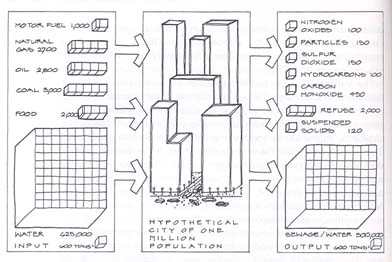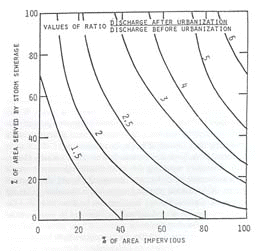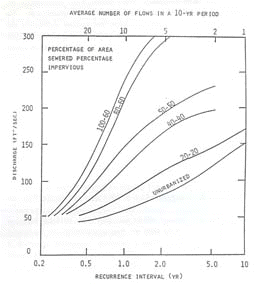| URBANIZATION |
||
| City areas are known as
urban, and the process of building cities is called urbanization. Urban areas are
usually densely populated lands where significant demands are put on local
resources. Cities are production centers. They produce ideas, people, energy,
consumer goods, and industrial products. Cities also produce a lot of waste.
Urban areas consume significant resources, both imported and local resources. They
manufacture waste in the form of garbage, gases, waste heat, waste light, and polluted
water. The urban machine, as the city could be called, does not always fit into the delicate balance of nature. Urban areas and rural areas outside of the city are often in conflict. Cities use resources from outside of their boundaries and deposit their by-products in these rural areas as well. |
|
|
| The use and mismanagement of water illustrates this conflict. Cities have often polluted their own groundwater resources and must draw drinking water from the surrounding communities. Untreated sewage dumped into lakes and rivers contaminates the water of nearby neighbors. Cities also can change the flow of rivers and cause flooding in towns downstream. | ||
| Cities have a large
proportion of paved areas and few natural areas with trees and shrubs. Because so
much of the city surface is impervious to water, most of the precipitation that falls
flows away as runoff. Urban storm runoff is usually
directed through storm sewers, eventually emptying into nearby rivers. Under pre-urban conditions, much of this volume of
water would have absorbed into the ground. Riverbeds often cannot accommodate
this increased volume of water and massive flooding results downstream from urban
areas. These graphs illustrate that the risks of severe flooding and flood frequency increase with the percentage of area impervious to water (a result of paving and urbanization.) |
Flood frequency curves in various states of urbanization
Effect of urbanization on mean annual flood * Stormwater Management for Transportation Facilities. p 5.
|
|
|
|
REFERENCES
|



